Stick Around
A 360 Pick Up/Put Down Challenge
Challenge your horse to complete a perfect circle while you pick up and set down a pole or board.
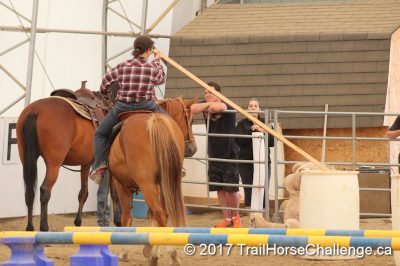
The Stick Around requires concentration and control of the horse’s body. The horse needs to be very responsive to the rider’s cues. Horses who have been taught to respond to cues from leg and neck-rein aids do best in this challenge. This is one challenge that, when learning, starts out really messy but with only a small amount of practice, is very easy to learn and perform properly.
When you introduce this task to your horse, be consistent. Pick up the stick or pole with the same hand each time and move in the same direction each time. Initially, use your non-dominant hand to pick up the pole. If you are right-handed, pick up the pole with your left hand and walk in a counter-clockwise direction. If you are left-handed, pick up the pole with your right hand and move in a clockwise direction.
This challenge can actually be a traumatic one for the horse if not taught properly. Horses can easily get overwhelmed from moving too quickly through the introduction. As always, learn to read your horse, and decrease the pressure when needed. This challenge should be taught on the ground first (horse in-hand) because it’s impossible for the rider to coordinate their movements and cues to the horse if the horse fears the stick or pole (and most do).
Task:
Pick up a pole, board, pipe or stick and carry it around a center (pivot) point, completing a full circle, and then set it down.
Common Mistakes:
The horse turns toward and faces the center resting point and backs away or side-steps away. Dropping the pole from either the hand or the center point. Completing a circle in a zig-zag fashion or one that is too small or large. Picking up/holding the pole “palm down.” Not holding the pole above the horse’s withers.
The most common mistake that I see is that the rider lets the pole get behind the horse’s middle section (toward the rear of the horse), and that triggers an instinct of being chased. The horse will naturally evade the pole and the rider is forced to drop it.
Materials:
Any long piece of wooden or plastic material (8-10 ft long), two resting points.
Variations
attach items to the pole (strings, ropes, plastic bags, bells, etc.)
trot or canter
walk backward
Skills Required:
- move off of leg pressure
- a soft mouth (sensitive to bit/reining)
- quietness (a calm, relaxed horse)
Precautions:
- be prepared for when you drop the pole – it might scare your horse and they could bolt sideways or backward
- don’t lean off of your horse
- drop the pole when you need to
- hold the pole above the horse’s withers (no farther back than their middle section), so that they do not feel that it is chasing them
Preparation:
- on the ground – lead your horse to the outer resting point. Show the pole to your horse (pick it up, let them smell it, set it down repeatedly, make sure it makes noise when you set it down)
- set the pole down and lead your horse around the center rest point
- repeat several times, progress toward walking the circle with the pole in hand
- drop the pole on the ground often – it WILL happen under saddle and your horse cannot be afraid of this
- read your horse – it’s likely time to take a break and do something different
- repeat this exercise several times. If your horse is quiet and relaxed, mount and try the challenge under saddle.
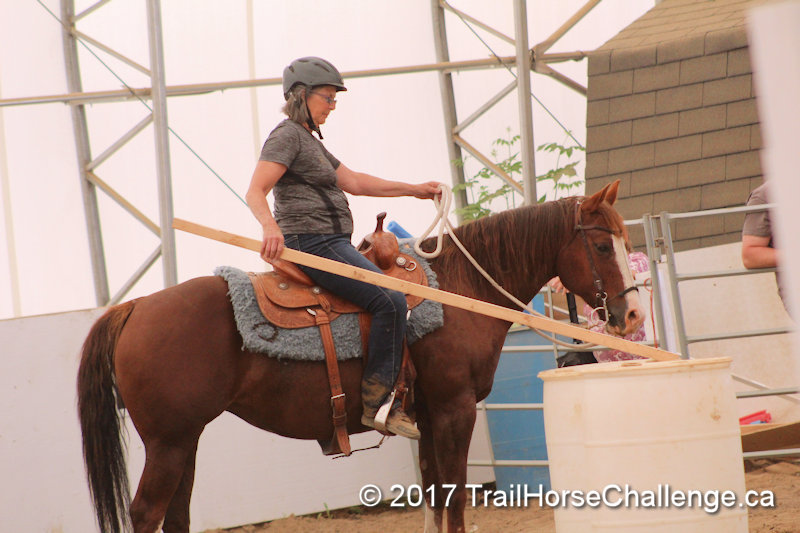
By holding the pole “palm down” and past the mid-section of the horse (behind the rider’s back), the rider is limiting the range of motion of their wrist and arm. Holding the pole in this way is very awkward, especially if the horse moves too close to the center resting point (the circle is too small).
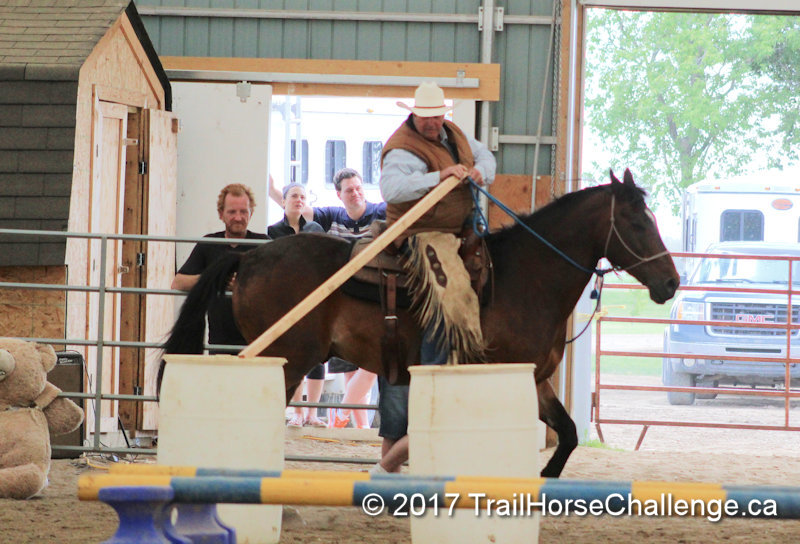
If this were a heavier pole, holding it “palm down” would make it harder to support its weight and/or keep the opposite end on the center (pivot) resting point.
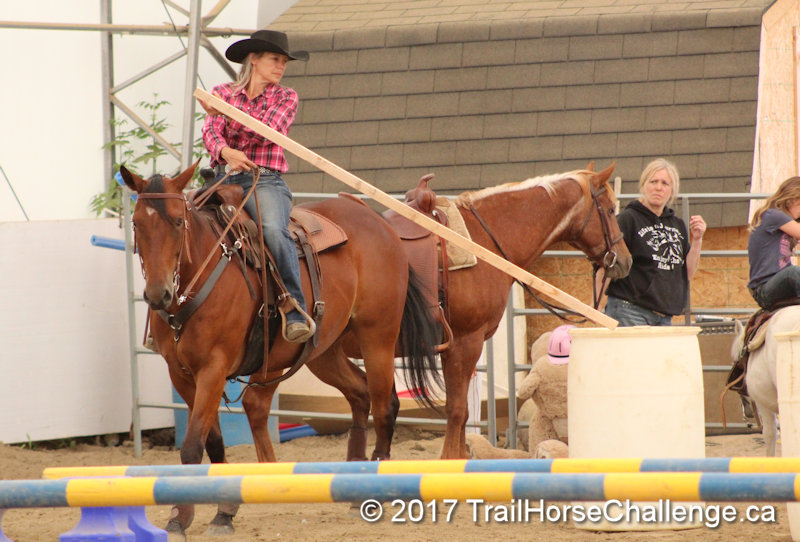
Holding the pole “palm up” allows for the greatest range of motion of the wrist and arm. The rider can easily make adjustments by bringing their arm in, over top of the horse’s withers, or by stretching their arm out if the horse moves away from the center resting point (a circle that is too large). As well, it’s much easier to support the weight of a heavier pole with the palm facing up, and it is less likely that it will be dropped.
If the pole falls off of the (pivot) resting point, depending on its size and weight, it can be lifted back into place more easily when it is held palm up.
Notice also that I have my forefinger on the inside rein, which allows me to send a subtle cue to my horse’s mouth to tip her nose in (bend to the inside), which is often very helpful.
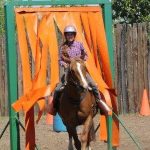
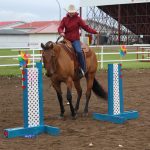
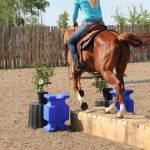
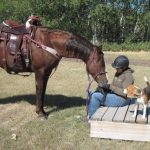

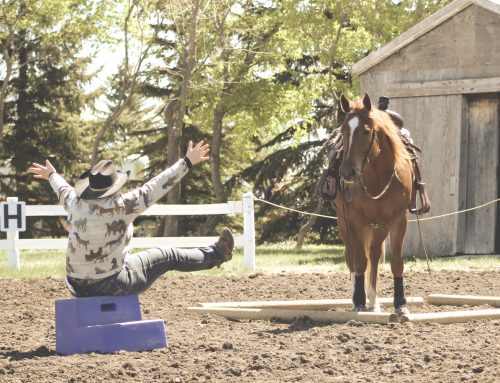
Leave A Comment
You must be logged in to post a comment.